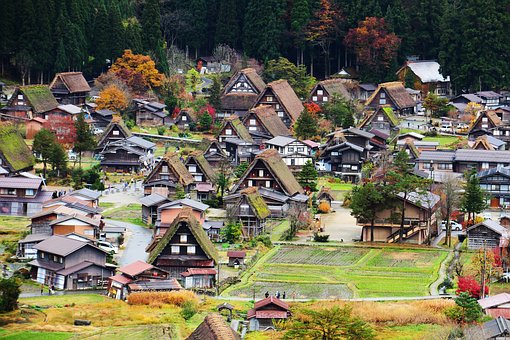The two kinds of transgression are the five actions of immediate consequence and repudiation of the Dharma. Amitabha Buddha also said all sentient beings in the Saha world with absolute faith in him can be born in Western Pure Land, unless they have committed the five actions of immediate consequence and repudiated the Dharma. All other transgressions like taking life, stealing, etc., even actions that are more serious, can be purified through devotion and recitation of the buddha’s name. Only these two transgressions cannot be eradicated, so we must distant ourselves from them.
~Depicted from GATEWAY FROM VAJRAYANA PATH - Sutra and Tantra: Similarities and











